Primulo is called a whole group of perennial herbaceous plants, the main distinguishing feature of which are solid wrinkled leaflets covered with small hairs. In addition, this culture is characterized by the presence of a roasting outlet and five-membered flowers that have the right form. This is one of the most numerous plant species all over the world. After all, today there are approximately 550 varieties of primroses. Many of them are grown as decorative plants. Each species has characteristic flowers of different shades. So, they can be collected in creeps-shaped inflorescences or to have an umbrella form. In the family, there are both evergenic and deciduous species. Most often, these plants are low. They bloom they are early in spring. The fruit of any type of primrose is a box. Next, we will talk about the varieties, landing and rules of care for this culture.
Introduction varieties Obisconika
This type of primrose is often grown from seeds at home. This variety has the following distinctive features:
- The leaves of the rounded shape, along the edges of the wavy, to the touch rough. Grow on long legs. In length can reach up to 100 mm.
- Flowers usually have a white, red and pink shade. You can rarely meet purple flowers and blue. They are usually located on long blooms. In diameter can reach up to 40 mm.
- This type of primrose is often grown as an annual plant. However, when creating certain climatic conditions, this culture can grow and bloom for several years.
It's important to know! In the leaves of this plant, the plant contains a priniment, which in some people causes an allergic reaction.
For the successful cultivation of Primuli Disconference, it is necessary that the following conditions are respected:
- Air temperature during flowering period + 10 + 13 degrees, and in winter it is not lower than -12-13 degrees Celsius.
- When growing, weakly acidic soil should be present.
- During growth, the culture must often water, and in the period of rest watering should be stopped.
- In the period of growth, it is still necessary once every two weeks during irrigation to add liquid mineral fertilizer to water.
- Such lighting should be present, but the plant should be protected from direct sunlight.
- If the primulus is grown as a perennial plant, then at the beginning of autumn, when she has already managed to bother, it needs to be transplanted into flower pots with fresh earth. The diameter of the landing boxes must be 130-150 mm.
Primula medication
There is a subsample, which is used as a medicinal plant. It is also called the primrose of the spring, the rampers, primula of large-hearted, God's streams, etc. Characteristic differences of primrose medicinal is:
- A small root system on which there are many thin long roots.
- Egg-shaped leaves assembled into a root rosette. To the base, they narrow into the winged petiole.
- The presence of subtle flowers collected in the form of an umbrella, which go from the root.
- Flowers of this primrose perennial in diameter can reach up to 150 mm, and their cups resemble a convex bell. The whisk has a tubular shape. Its five blades are a little bent, and their base is there a small tween orange.
- The preparation of the drug is adapted to cross-stall. Therefore, stamens and columns in different flowers are located at various levels. It blooms this plant usually from April to the beginning of June. Ripening fruit occurs already in the middle of summer.
Primula Dosage has many useful properties, and almost any part of it is used as a means of treating and preventing both acute and chronic diseases. Thus, in the rhizome of this culture there are saponins, glycosides, essential oil and carotene. In its leaves and flowers, in addition to the above substances, ascorbic acid and flavonoids are contained. A decoction and infusion of leaves is used as a means against avitaminosis, chronic fatigue, anemia, absence of appetite, diseases of the respiratory tract, as well as in Qing and gout. Flowers of primors prepare decoction and infusion, which is used to treat heart disease, with dizziness, insomnia, migraine, inflammation of urinary tract and rheumatism. In addition, the decoction is used as a sweetest and tensioning means for hysteria.
Dosage purposes also use the root system of this culture. In particular, she is preparing a decoction, which is considered an expectorant tool with pneumonia, bronchitis and other diseases of the lower respiratory tract. In addition, it has antispasmodic and secretolithic properties, which is useful in asthma and cough. The decoction of the roots is also considered an painful tool and is therefore used with pain in the joints. In addition, it is successfully applied in folk medicine in the treatment of kidney disease, a genitourinary system, headache and constipation.
The roots of drugs are used to prepare primrose, which is a dry extract in the form of tablets. They are used to treat dry cough. The above-ground part of the plant is used as an ingredient for ointments shown to treat eczema heads.
Primulus leaflets should be harvested at the beginning of flowering. This procedure is carried out in a special way: only half of the leaves is cut off using a sharp knife. This is done in order for the introduction to blossom and recover. Cut pieces of leaves are dried at a temperature of 85-90 degrees Celsius, which makes it possible to preserve ascorbic acid in them. Collection of flowers is made differently than leaves: they are broken or clipped with whole inflorescences, and not dry at high temperatures, and outdoors under a canopy.
As for the rhiza, it is customary to harvest before the plant starts blooming, i.e. in early spring. It is allowed to carry out the workpiece and in the autumn period when the leaves have already been brought. The rhizomes after digging should be washed, then dry in the warm room, which should be ventilated. You can dry them on the outdoor, laying out on a sheet of paper or a piece of fabric. Periodically, they must be turned over and mixed. In the dried form they can be maintained up to 3 years.
Primulus Akaulis
This type of primrose is suitable for growing at home. Its important quality is that it does not require any special conditions of content. Flowers are achieved in diameter up to 40 mm, while they are collected on a short spawn, located in the center of the outlet of the leaves. They can have a white, yellow, blue-purple or red-burgundy shade. To bloom las more, it is desirable to keep the temperature at about + 10 ... + 15 degrees in the room. Acarulis Primulus Leaves have an oblong shape and bright green shade. At the same time, they are usually strongly corrugated.
As for the soil, this type of culture is best feeling in a well-drained fertile land. Best for landing to take the following soil composition:
- Cherry earth - 3 parts.
- Peat - 2 parts.
- Sand and compost - 1 part.
It is necessary to adhere to the rules for landing and caring for a primer multi-year. So, such plants love regular moderate watering and half-day. There are hybrids of this culture that can bloom in one season twice. Watering Primulus Akauulis follows. After all, if the soil is too dry or, on the contrary, an overly wet, then the plant may die. Young shoots recommended every year to replant. If the primulus is growing for several years, then for it enough once in three years change the soil. In order for the plant for a long time to bloom longer, you should delete faded flowers in a timely manner.
Primula Sadovaya
Different types of primulus have different requirements for habitat. Most of them first appeared in Southeast Asia. There are grades of primaries of a garden perennial, whose homeie is considered land like Tibet, Himalayas and Western China. In the European part only about 30 types of primulus grows. These flowers, despite the current opinions, grow not only in the forest, but also on the Alpine meadows, mountains, as well as on river banks. To date, only about 250 types of primroses are cultivated. In our conditions of the middle strip can be grown much less.
Different species introduced different flowering time. Among them there are varieties that can bloom, even when it is still snow. There are also those that grow in the middle of summer. If you successfully pick up plants with different blooming time, you can make a flower bed that will delight flowering from early spring and until the end of summer. All variety of gardens arrive is made to divide on 23 sections. Consider only some of them.
Primula Perennial: Photo
Section of gear-hearted primulus
One of the well-known representatives of this section is the introduction of small-scale. This kind is characterized by the presence of a spherical inflorescence on a long bloomon. Blossom begins fairly late. Height can grow up to 700 mm.
Another representative of this section is primulous granny, which refers to later-driving plants. It is more demanding than introduced small-scale. Flowers from mid-June until the end of July. Flowers of this variety of culture have the shape of bells with gear edges. All parts of this plant are covered with a characteristic mild ripple. Because of what the lower part of the sheet seems almost white. In winter, this primulus transfers badly.
Section Aurikula
Some of the most beautiful representatives of this section are the introduction of the Ushchovaya. It is a premium hybrid pubescent. The foliage of this variety of culture also has a white flare, which gives the leaves of a joy-blue shade. The petals of this plant can have a variety of color, and their center is usually yellow or white.
Also, the Auricula Section includes an ordinary and primer basic. These plants are perhaps most often grown in flower beds.
Section of Primezvetov
This section combines the most life-in-law and unpretentious types of primroses. So, to them, in particular, the primulus is high, which is characterized by the wrinkled leaves assembled into the root roset. Its flowers can be pulled out to 280 mm high. Light yellow flowers are usually achieved in diameter up to 20 mm.
There are many types of primroses high, each of which has its colors. For example, one of them is a polyanthovy primula. This variety has beautiful corrugated leaves. One of the essential drawbacks of this hybrid is low frost resistance. Therefore, it is required to strengthen the wintering time.
Section of muskariodic primulus
This section is a number of exotic primulation that are not similar to other species. In the middle lane, it is possible to successfully grow, perhaps, you can only one grade - Vialya or Ichidaya Primulus. This plant has inflorescences in the form of candles located on the flowers capable of reaching in a height of up to 480 mm. Flowers of this variety are disclosed gradually. At the same time, if they have a carminno-red tint in the buds, then blossomed flowers acquire a gentle-purple shade.
Section of mild primulus
This group includes a flounce, Galler's introduction and a pink introduction.
Section of Cortizobid Primulus
Representatives of this group: Zibold formula or rejected, rock or jacket formula.
Primula Garden Multi-Year: Care and Growing
Consider some general rules for the care of all types of primroses. They are actually not a lot:
- So, a plant that blooms for the first time, a more abundant irrigation is required. It is important that the soil does not stop and was constantly wet. At the same time, water should not be stated. In addition, water should be watered. On the leaves the water should not fall.
- At autumn time you need to periodically plug the earth to the Kuste. It will save roots from drying and supercooling.
- Primulus may affect false torment dew, and to protect it from this, it is necessary to make a weeping timely.
- If the plant affects the rot, they should be removed as soon as possible, and others can be treated with a special preparation.
- For wintering, perennial primors must be covered with a layer of dry leaves. This culture can also be fertilized with manure.
Primilors are well suited for growing in the garden, especially in the composition of garden compositions. For example, they perfectly complement flower beds together with ferns, hosts, astilbamas and decorative coniferous rocks. Sorts and types of plants of low growth often plant dense groups. According to the same scheme, they plant an ordinary, poliant, primulus bisa and others. Many types of this culture are well combined with each other, being planted in one flower bed. For landing in containers, it is well suited for a primary inventive. Against the background of stones, it is possible to plant Primulus Japanese, fine-grained, primulous floards and an emergency. They will look good in the alpine slide decor.
Plant breeding methods
Reproduction of seeds
If it was decided to plant many years of seeds, then first need to decide, sow them to open soil or seedlings. Let us dwell a little more on the seeds of seeds arrived directly into the soil. First of all, you should clearly calculate the period when the primulus is planted. This can be done in three different seasons: Spring, Summer, Promination.
Spring landing is usually carried out in February or March. The seeds of primroses are planted in the capacitance in the form of a guy for which the soil was prepared in advance. In the garden, the primulus is usually evisted after the snow comes down. At the same time, they are, as a rule, not directly to the ground, but in the tank, affected in the shady corner of the garden. This allows you to avoid sowing losses.
As for the summer sowing, primulus, then at this time they are driving almost immediately after able to grow. The most relevant period is considered July-August, because the seeds can quickly lose their ability to shoot. Nevertheless, the lack of moisture in the soil is at this very period sometimes there may be a cause of large seedlings. Therefore, when crops, it is best to use several seeds.
Promination of sowing is considered the most effective, especially for arrivals. It is usually carried out in October-December. Such sowing makes it possible to ensure the beginning of the growth of primulous in the early spring, when the soil is sufficiently moistened.
For planting seeds, it is necessary to choose a plot that is protected from the hot sun shadow. The most suitable soil for this is a sublinous soil. Primories from seeds are often grown on special placeway beds. After that, plants are already transplanted to their permanent place. This approach allows you to create for seedlings the most favorable conditions for growth.
It should be said that if the primroses are grown out of seeds immediately in the open soil, then such plants do not need long-term maintenance at low temperatures. Such a procedure can only be required with a seaside method of growing some varieties. Primulus hybrids that exist today are able to germinate normally without such tests. In general, each type has its own properties. So, for example, primroses that belong to the Auricul section, in the case of sowing in the spring, still need to withstand at low temperatures, but it is not required primrous and fine-clock.
Seeds of this culture are dried superficially. At the same time, no more than 4 seeds should be planted for 9 mm. In addition, for successful cultivation, the soil must be sufficiently moistened. Only the stagnation of water should not be. It should also be noted that primers belonging to other groups require special conditions for growing.
Method of dividing bush
Another popular method of reproduction arrows. The division of the bush, depending on the variety, spend on the 3rd or 5th year. This is usually done in early spring or in the second half of the summer, when the culture will have time to fond. The division procedure is carried out as follows:
- The plant is digging, the roots are thoroughly cleaned from the ground.
- Then the sharp knife is taken, with which the bush is cut into parts. So that the separation is more convenient, the roots are better to wash in advance in the bucket. In each of the parts of the plant there should be a small outlet of the leaves, fairly developed roots and at least one renewal kidney.
- Ready parts should be sprinkled with wood ash.
- So that the separated parts did not have time to dry, they are best to transplanted as soon as possible in the prepared ground.
- The plant after the transplant is necessary every day to water. This should be done during a couple of weeks. If the launch is transplanted in the fall, then it should be covered for wintering time.
It should be said that there are grades of primulous, which is better to share only early in spring. These include primulous floards and bisa, as well as Japanese prima. But Introduces the best one to share in the second half of summer or at the beginning of autumn. This will give time the plant is well rooted and prepared for wintering.
Sensitive method
The cultivation of certain types of primroses is possible only by the method of root cuttings. To do this, the plant needs to separate some thick roots. After that, in the upper part of this cutting, it is necessary to make a small size of no more than 150 mm long. This will speed up the kidney growth. Then the shoots need to land. This is usually done to a depth of 25 mm. In particular, in such a way that I can reproduce the primulus toothed and Primulus Zibold.
Rooting the stuffing escapes
This method is usually used for reproduction minted with weak roots and sockets. To do this, at the base of the root cervix, it is necessary to separate the stuffing of a sheet with a kidney and a small part of escape. Best of all afternoon to shorten the leaf plate.
Pests and diseases Primulus
Primulus do not have a tendency to disease. Nevertheless, under certain conditions, the root neck can start rotting. This can occur when too slow evaporation of excess moisture. Therefore, it is required to improve the draenage of the soil, for which sand is added to the soil. If the plant is bad and rarely water, then its leaves can die. As for pests, the most serious, perhaps, are snails and slugs. To get rid of them, you can buy a special bait, which can be found in the store. Sometimes primulus can harm the larvae of the jar of furillary. This pest refers to weevil beetles. Its larvae is usually hidden in the roots of the plant. If you do nothing, then this culture can even die.

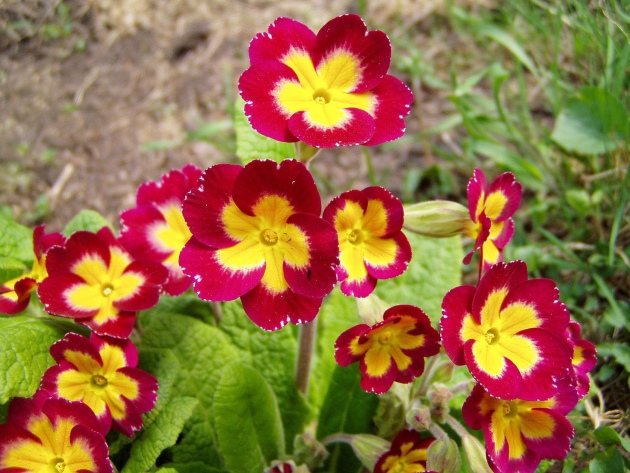
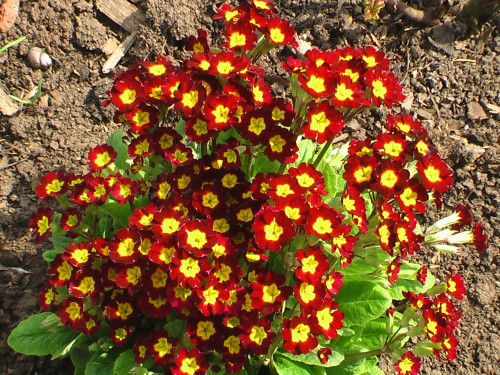
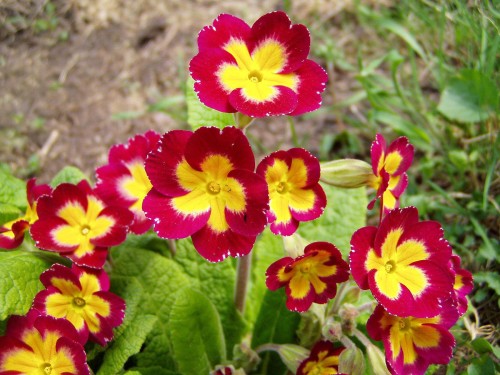
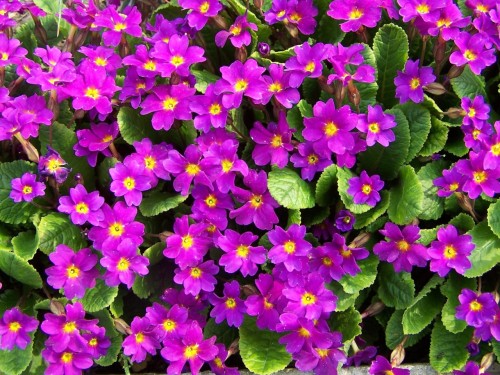
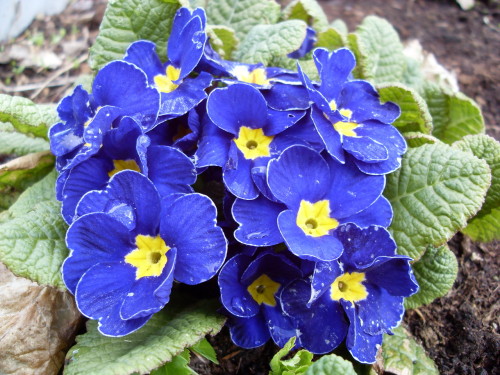
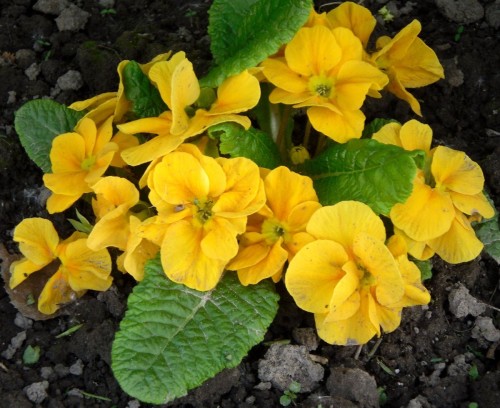
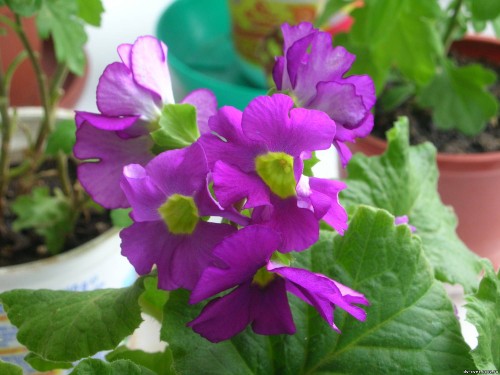
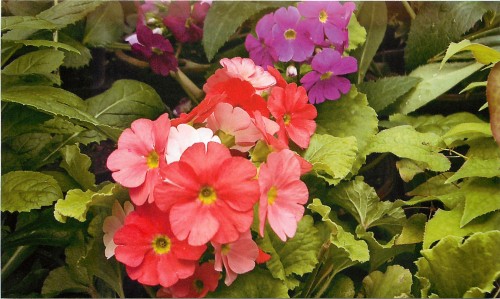
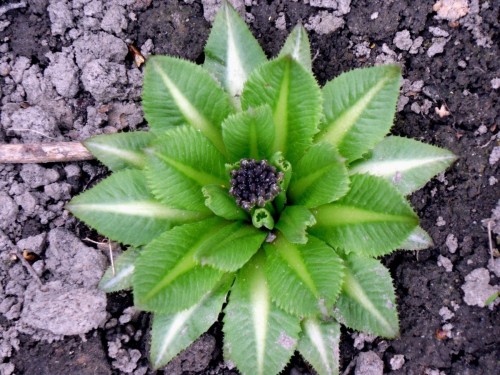
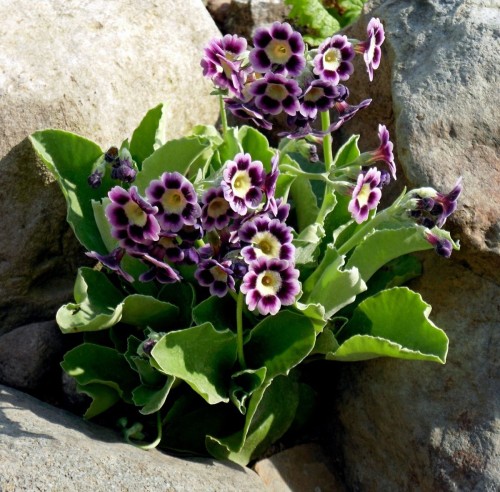
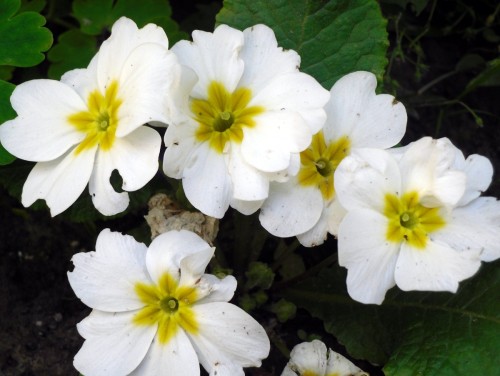
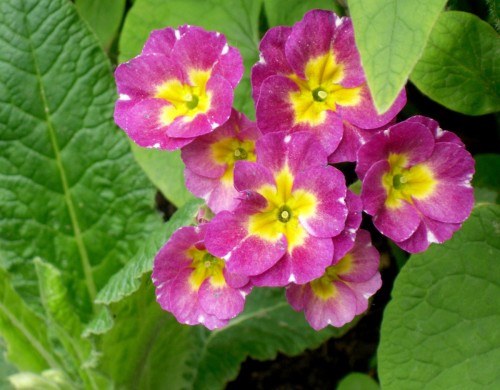
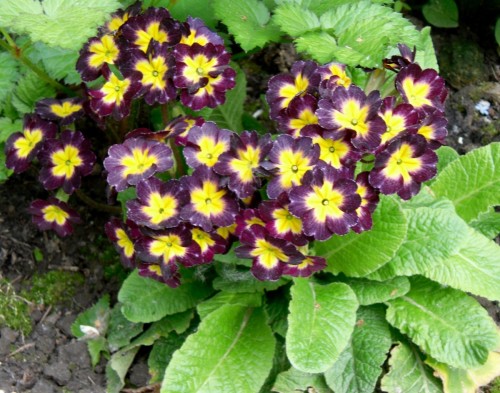
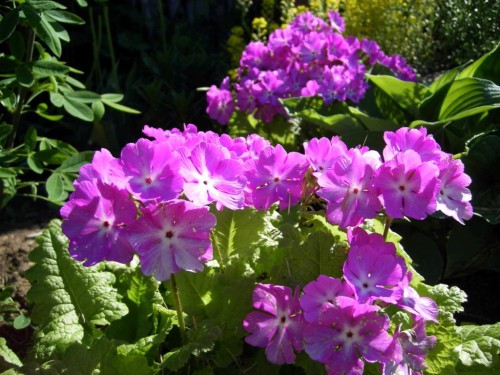
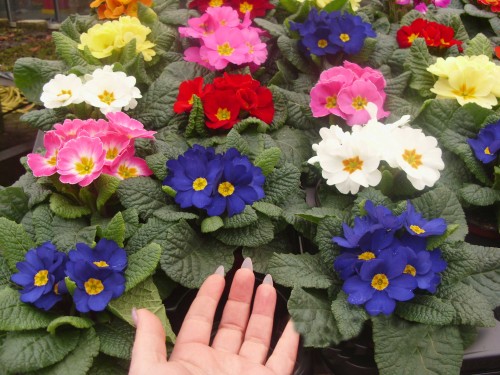
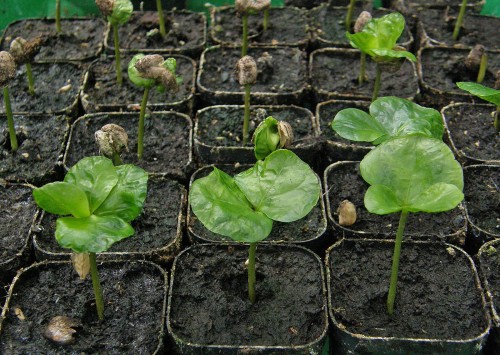
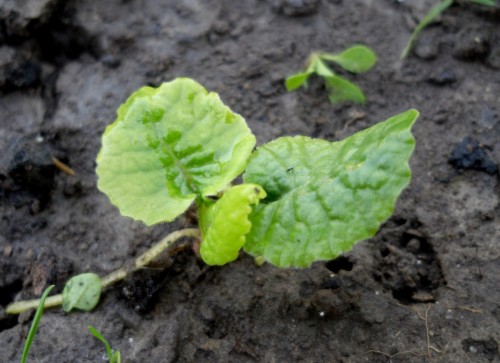
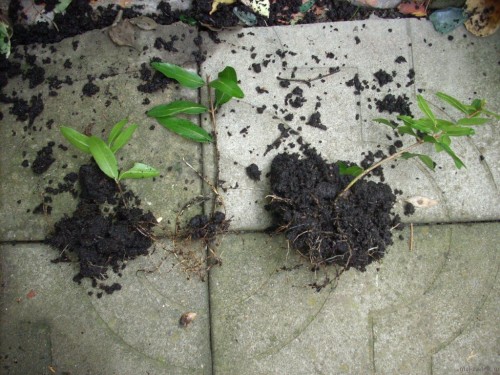
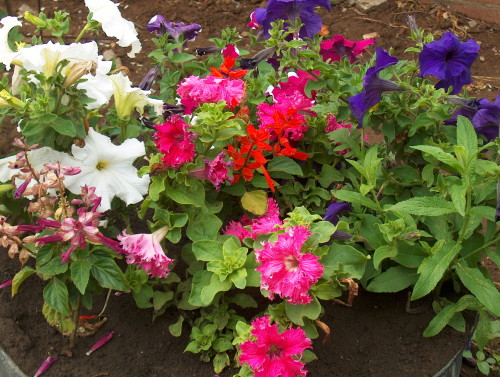





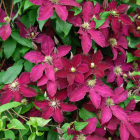
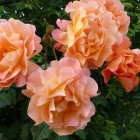

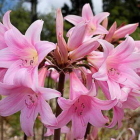
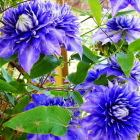
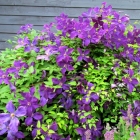
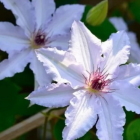
 Start a discussion ...
Start a discussion ...